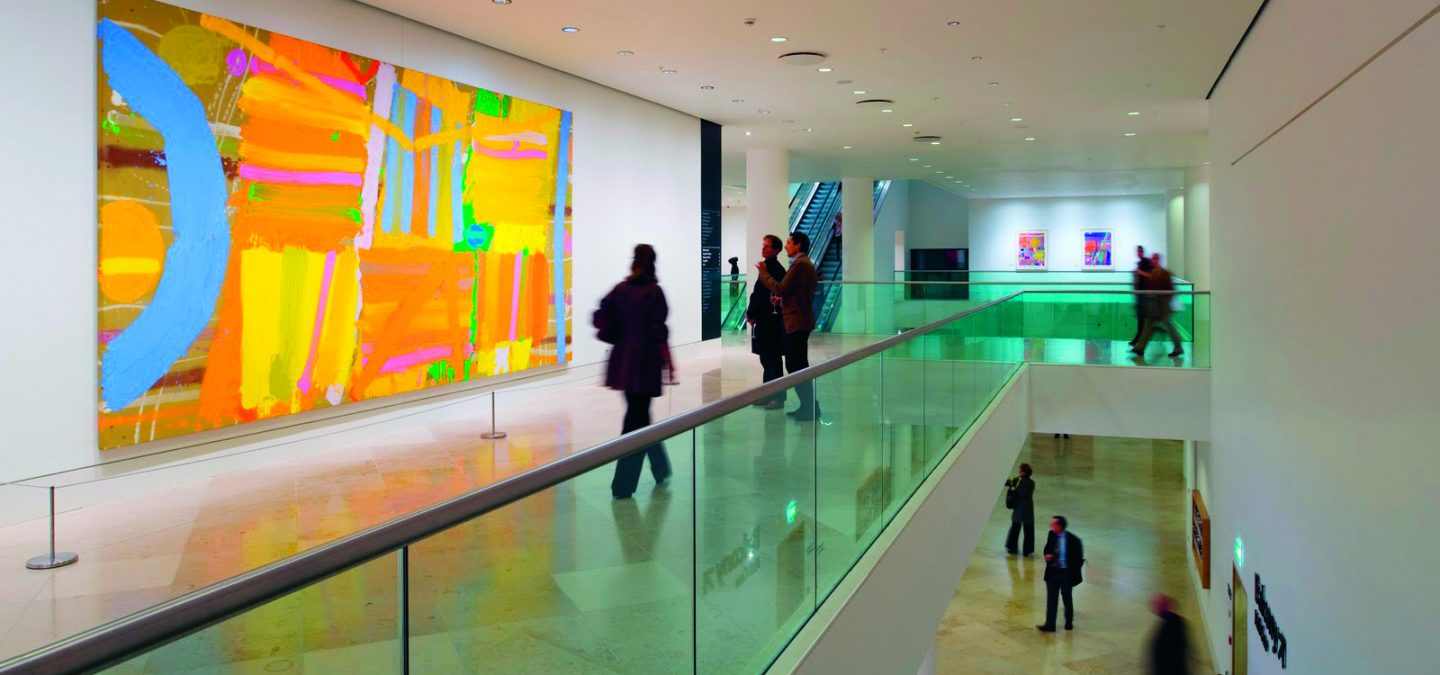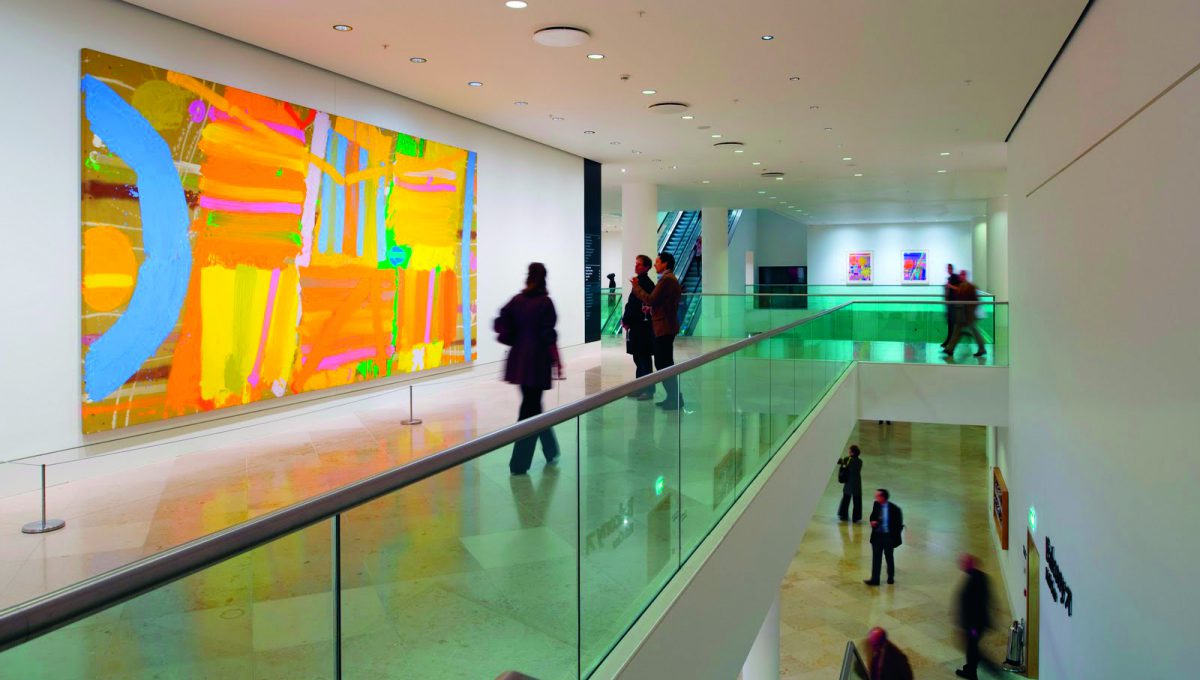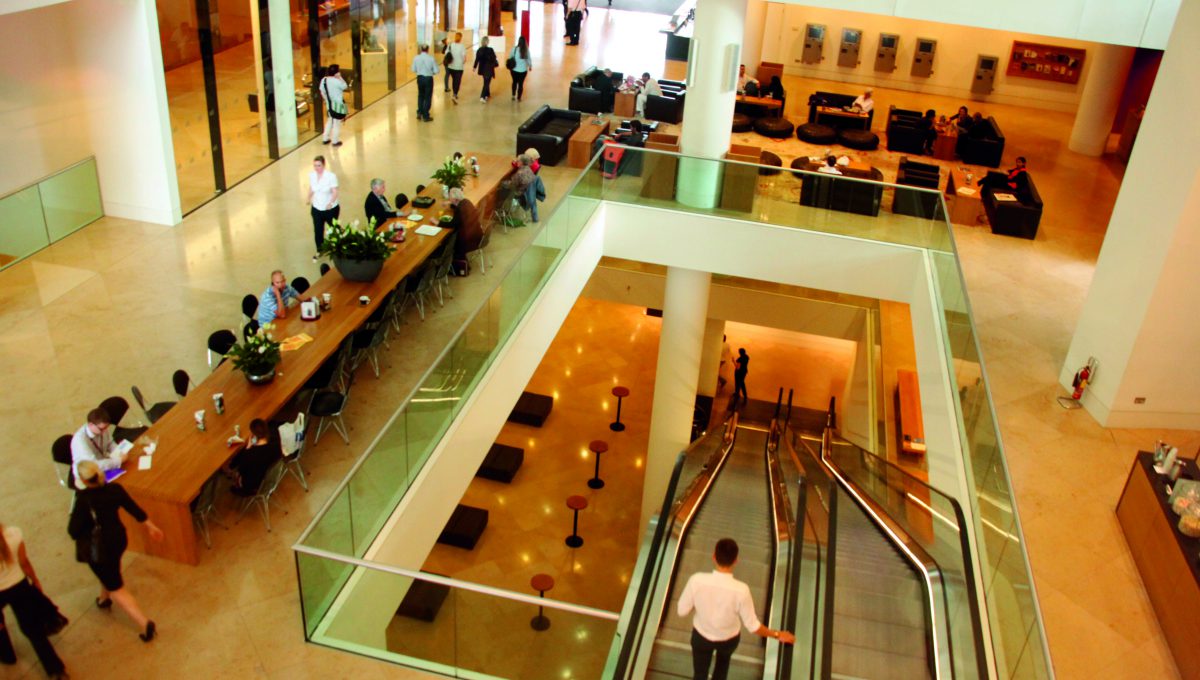
Keep up with our latest news and projects!

I think of ‘public realm’ as open 24-hours a day; space which is owned, governed and managed by the community. ‘Semi-public space,’ on the other hand, is generally located on the ground floor and available to the public at the owner’s discretion; the space is owned and managed by the landlord. You can think of a department store—an original semi-public space. You only go in if you’re interested to go in, but then you’re not really required to purchase anything. Effective semi-public spaces are permeable with multiple entrances to allow through routes, which allow users to navigate the footprints of these often very large buildings.
If you draw the footprint of buildings today, they’ve gotten bigger and bigger, limiting pedestrian permeability and the connection between the building and the street life. Let’s start with the European model of a city: 8-storey buildings with often a generous ground floor height and lower floors above. With these 8-storey buildings – I call them “ground-scrapers” – there is a sense of connection between the top and ground below: from that top floor you can recognise the features of someone’s face, hear the noises, and see your neighbours across the way. Then we started to build the American dream: a tower or slab with a solid ground floor or plinth that comes to the edge of the street. Most often the tall element of the building is set back, retaining the sense of the city, street, and activity. Then came the even taller tower without the set-back and a huge plaza or parking forecourt that explicitly separates the street from the building. As buildings got bigger and bigger, more and more of the ground floor was taken up by service and security related to the building or companies within it. And with that came big blank walls. Today we’re trying to get back to a direct connection between the building and life in the street
 King’s Place, London (architect: Dixon Jones) - © www.thestyleexaminer.com
King’s Place, London (architect: Dixon Jones) - © www.thestyleexaminer.com
To me, the word plinth suggests that there’s something inside and something above it. If cities are about activity and diversity, then great big blank walls hardly offer diversity or activity. Can we have a plinth without diversity and activity? Permeable and transparent semi-public space blurs the edges and creates borders not boundaries. Semi-public space gives reason to enter the plinth, interact with it, and give it activity and diversity. There’s not a clear distinction between public and private city—which is good! The city blurs definitions of inside or out and activities flow across ownership boundaries.
 King’s Place, London (architect: Dixon Jones) - © David Rudlin (via climaxcity.files.wordpress.com)
King’s Place, London (architect: Dixon Jones) - © David Rudlin (via climaxcity.files.wordpress.com)
Work is not 9-to-5 anymore and there’s just as much work going on outside the building as there is inside. The world of work is changing and we’re starting to see the breakdown of barriers. We now see companies giving up some of their lavish service-oriented ground floors and let in a cafés, exhibition space and specialist merchandising both for the users of the buildings and those outside.
I’d guess about a quarter or a third of the space businesses use nowadays is what I call “showcase space”—another form of semi-public space. As we move from a hard-product society to a soft-product, or knowledge-based society, we need places where we can both show off an ever more complicated product and how people use it. It’s no longer a window with a poster—it’s a space to support the knowledge product. It’s a centre with necessary technology and room for people to communicate and exhibit their ideas. Showcase space shows off products and also opens the plinth. Companies recognise the opportunity of greater transparency and access to semi-public spaces, to represent their brand, and showcase their products and culture.
Security is often thought of as a major issue. A strong tradition in central business district (CBD) centres is the presence of large institutions, like banks, and that they should look impenetrable, safe and secure. The model you can imagine is the great Italian commercial palace which is very much about displaying power and substantiality. These institutions demonstrated security through design—massive columns, grand entrances, windowless plinths. With semi-public space, security is not an issue because it’s self-regulated. Instead of demonstrating security with a lavish foyer armed with guards, doormen, and cameras, these entrances strategically layer security by zoning space and discreet surveillance.
Interested? Join The City At Eye Level and share your story!
Discover moreHave we created sufficient expectation that it would be a good thing to do? Is the average person concerned about it? The answers to these questions are probably not. We know we have to use space more effectively; we know we have to intensify our use of urban land. The conversation has started, there are enough exemplars to show how places can be enhanced—change is afoot!